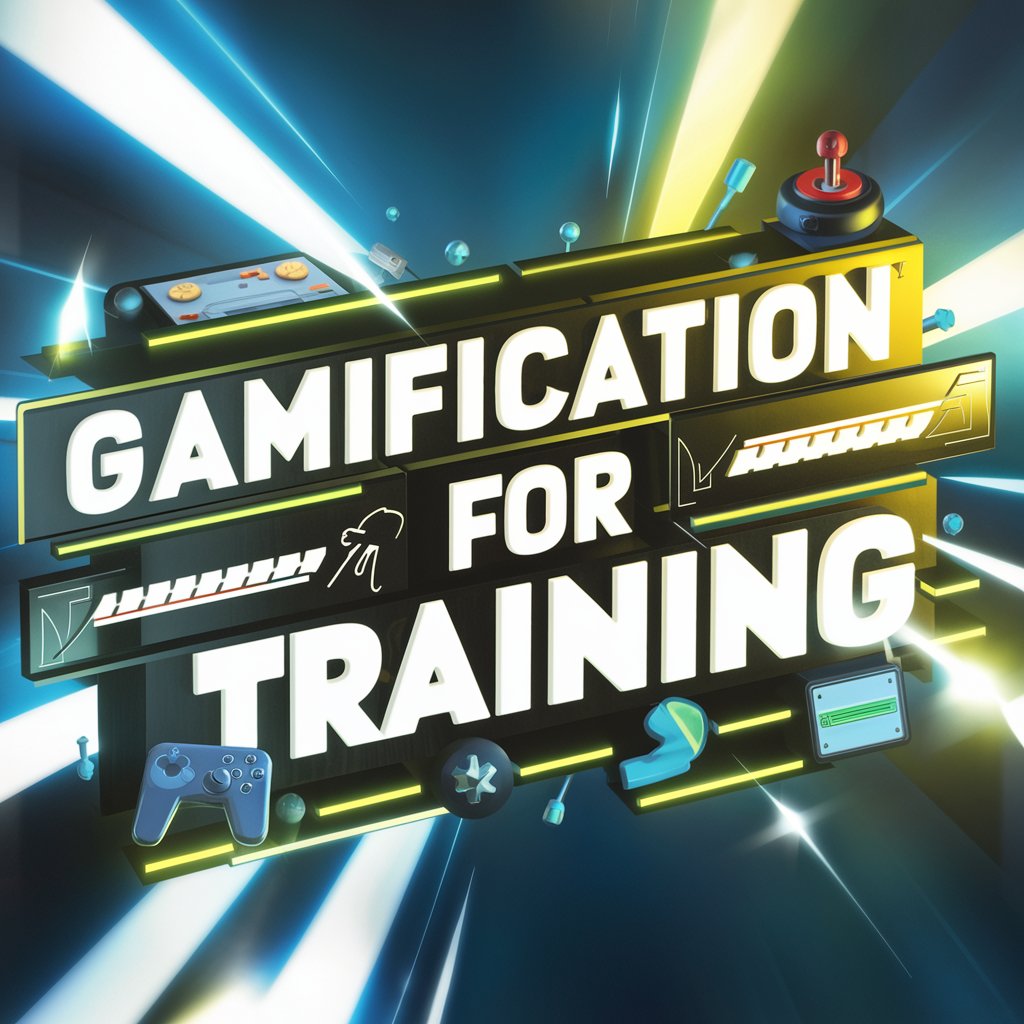Gamification for Training: Transforming Workforce Development with Play
The number one challenge for businesses is the short attention span of employees. As companies lose up to $13.5 million annually per 1,000 employees, they are beginning to look for more effective training programs. This is where gamification comes in. It is a powerful new approach to training that uses game mechanics like points and leaderboards to make learning exciting. This article will explore the benefits of gamification for training, how it works, and how to apply it.
What is Gamification in Training, and How Does it Work?
Gamification in training involves applying game mechanics in a non-game context, like employee training. It works by tapping into our innate desire, triggering the need to play, compete, and be rewarded. For instance, when playing at a gaming platform like Verde Casino, you get more feel-good hormones like dopamine. This causes increased engagement and deep levels of gratification.
When applied in a workplace setting, the same results are achieved. Gamification can harness motivation to create a more effective and engaging learning experience. Here are some of the game mechanics applied in gamification in training:
- Points and Badges
Points are awarded as a testament to the trainee’s progress, while badges are virtual or physical tokens that show achievement. They help to motivate learners, giving them something to look forward to.
- Leaderboards
Everyone wants to be acknowledged and praised, and leaderboards are a great way to push employees to efficiency. Incorporating leaderboards into the program allows learners to see how they rank against their peers. This encourages healthy competition.
- Challenges and Quests
Challenges and quests can be used to break down training tasks into manageable chunks. For instance, learners can aim to achieve a particular score on a quiz or complete many training modules.
- Battles
Another way to tap into the competitive nature of your learner is by using battles. This can be player vs player quizzes or tasks where score and level upgrades are awarded.
The Science of Play
The science of play is a growing field of study that explores the many benefits of play for human development and learning. Basically, play is an activity characterized by enjoyment and driven by motivation. There are several psychological effects that play has on humans.
First, the feel-good hormone dopamine is released each time we play a challenging game. This hormone is associated with pleasure, reward, and motivation, driving the desire to continue playing. Games also induce a state of deep concentration known as “flow.” This is a state where the individual is completely immersed- a prime condition for learning.
Training with Gamification Vs. Conventional Training
Gamification has become a popular choice among L&D professionals. It presents several benefits over traditional training methods:
| Features | Conventional Training | Training with Gamification |
| Engagement | Lecture style: long, dull, and tedious, often leading to low engagement. | Creates an interactive and fun experience, engaging and rewarding, leading to increased engagement. |
| Retention | It can be forgettable; this means a low retention rate. | Study shows that gamification improves retention rate by 90%. |
| Motivation | It relies on intrinsic motivation, which may not be enough to keep employees hooked. | Provides external motivation through game mechanics and elements like points, badges, and leaderboards. |
| Collaboration | This type of learning is often individualistic, as employees are left to figure things out independently. | Learners are encouraged to socialize and collaborate to solve tasks and quizzes, improving company teamwork. |
| Feedback | L&D professionals typically cannot get immediate feedback on the staff’s progress. | Encourages shorter feedback loops. This enables employees to learn and improve faster. |
Practical Tips for Implementing Gamified Training Programs
After seeing the benefits of gamified training programs, you may seek practical ways to implement this program. Follow the tips below to get started:
- Identify Your Training Goals
First of all, identify your training goals; decide on what you want the program to achieve. This realization will help you find the correct game mechanics for the required outcome.
- Use Gamification within Existing Training
Add gamification elements to your existing training programs to make them more engaging and interactive. For instance, if you have a training module already, gamify it by adding features like rewards, badges, points, and so on.
- Offer Feedback
Since gamification enables shorter feedback loops, you can identify each employee’s strengths and weaknesses. Provide immediate feedback to help the learners understand their progress and find improvement areas.
- Track Progress and Measure Success
Using analytics and data, measure the success of your program. Find out how your employees are faring; discover areas to improve and adjust.
Conclusion
If you’re looking for a program better than traditional training, gamification is a tool to consider. Game mechanics like rewards, streaks, and badges can make learning fun and engaging, improving workplace productivity. By implementing the practical tips in this guide, you can create customized gamification training tailored to your company’s needs.






